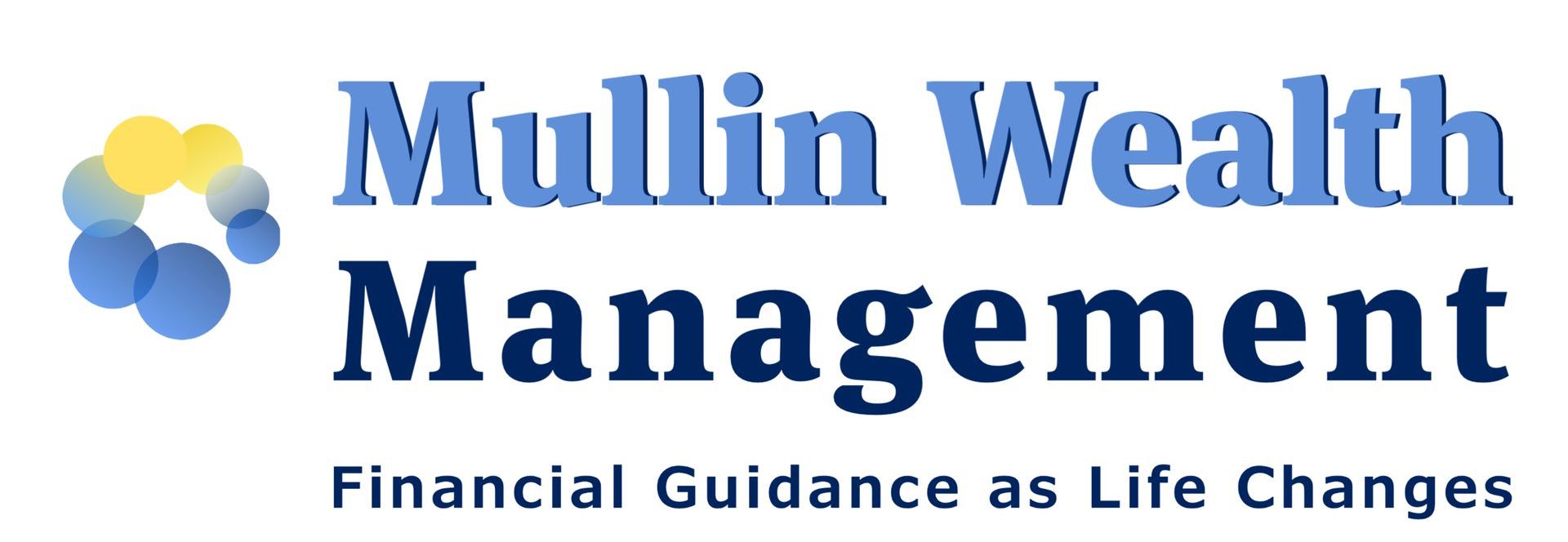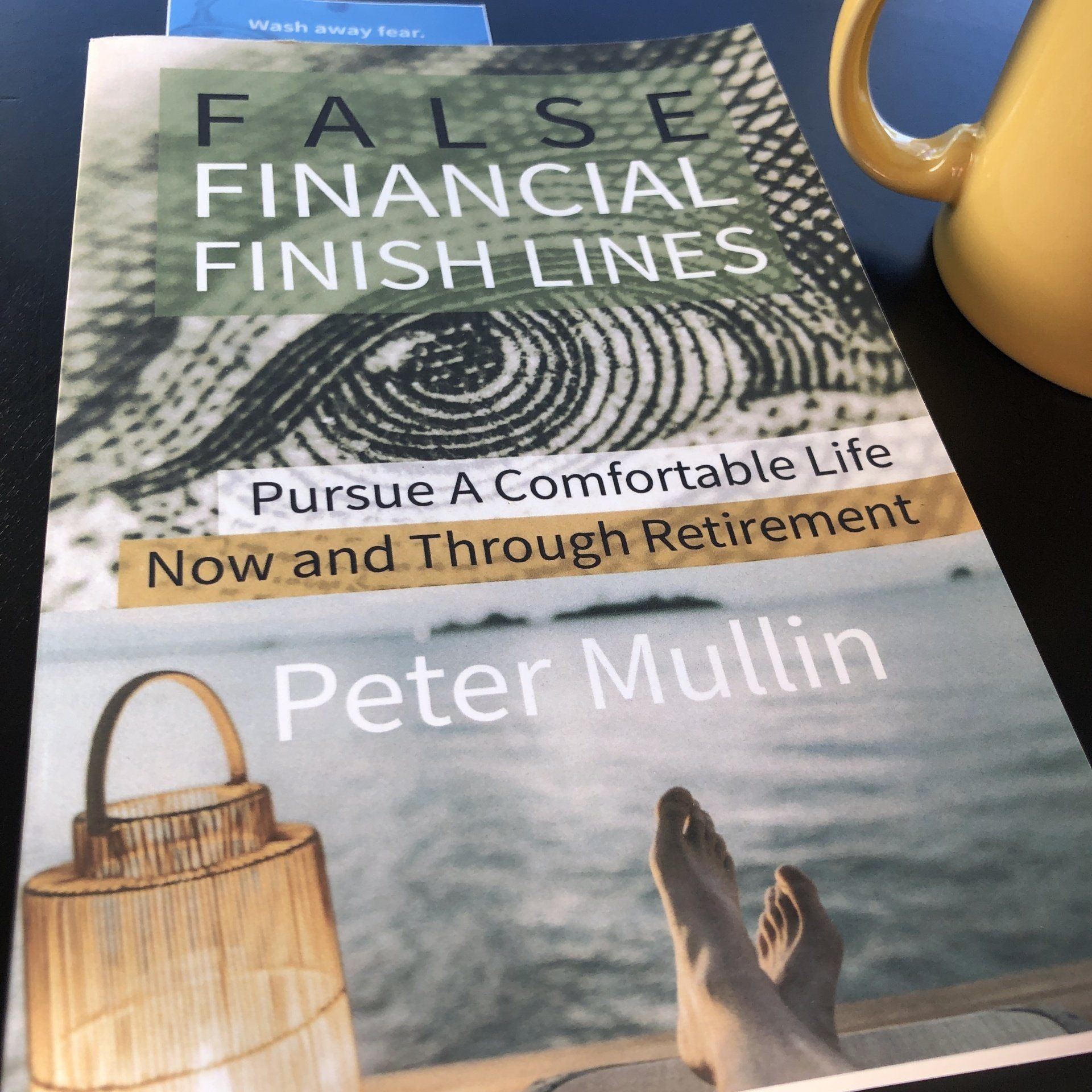Optimizing Required Minimum Distributions
Required minimum distributions take on added urgency as you approach (and reach) age 72, with specific rules and tax implications.
Seventy-two is an important age milestone for those in or near retirement, as it marks the time when required minimum distributions (RMDs) begin to be withdrawn annually from IRAs and employer-sponsored retirement plans (previously, the threshold was 70 ½). The milestone carries with it tax consequences that are not fixed. Rather, there are a few rules to consider that can help you optimize the impact on your bottom-line.
IRAs
You must begin withdrawing from a traditional IRA (Individual Retirement Account) by April 1 following the year in which you turn 72. The amount is based on your age with one exception: If you’re married and your spouse is more than 10 years younger than you, the RMD amount is based on your joint life expectancy. If your distribution is less than the required minimum, you will be penalized 50% of the difference. NOTE: Roth IRAs do not require an RMD.
Employer-sponsored retirement plans
For employer retirement plans — 401(k)s, 403(b)s, and others — the same timeline applies as per IRAs: You must begin withdrawing from the plan by April 1 following the year in which you turn 72. However, if you are still working past 72 and you own 5% or less of a company, you may be able to delay RMDs until you retire.
Additionally, depending on your circumstances, you may receive a lump-sum distribution from 401(k), profit-sharing, and stock purchase plans if completed in a one-year period. If you meet the terms of this lump-sum distribution, you will be taxed at the rate for single taxpayers established in 1986. Additionally, if you’re born before 1937, you quality for a 10-year forward income averaging. For tax purposes, RMDs from qualified retirement accounts are taxed as ordinary income.
Calculating your distribution
The institution where your retirement is kept typically determines the RMD amount using the formula:
Total balance as of December 31 divided by Your life expectancy = Distribution amount.
However, there is some leeway here that may provide you with more beneficial tax consequences:
(1) You can either take your initial RMD in the year when you turn 72 or up until April 1 of the following year.
(2) If you delay your RMD until the following year, you must take two RMDs that year which may increase your tax consequences.
(3) You can take your RMD as a series of withdrawals rather than one lump payment, which may help you with monthly cash flow.
(4) Update your beneficiary(its) as to your distributions. For IRAs, account holders can designate anyone as a beneficiary; For employer-sponsored plans, they must designate their spouse as a beneficiary unless the spouse specifically waives the right.
Seek help
Tax consequences for RMDs can be significant and seeking the support of a financial professional can be prudent, to ensure that the results align with your goals.
This material is for general information only and is not intended to provide specific advice or recommendations for any individual. There is no assurance that the views or strategies discussed are suitable for all investors or will yield positive outcomes. Investing involves risks including possible loss of principal.
This information is not intended to be a substitute for specific individualized tax advice. We suggest that you discuss your specific tax issues with a qualified tax advisor.
This material was prepared by LPL Financial, LLC
- Mullin's take on the "4% Retirement Rule"
- Navigate "Bad Portfolio Weather"
- Tips to Optimize Social Security







Articles and Assets
What are your Priorities?
Well it’s the end of the year. I just searched on Google for “market outlook 2018.” I came up with a little over 58-million “results.”
So should you be investing in stocks in 2018? The quick answer: It’s likely a prudent part of your portfolio. But it depends on your circumstances, right?
It’s apparently popular to throw your hat in the ring.
A mantra that you hear among disciplined professionals is to “stay the course.”
Then you hear “sell high, buy low.”
Who’s right?
The relief of a disciplined strategy is that it can be tailored to you. And tailor we think you should.
Yes, it’s possible that an investor may not utilize stocks in their portfolio at all. Or you may decide to go “all in” with a diversified stock portfolio.
(Side effects from tailoring a strategy may include increased confidence & persistence, apathy toward daily market reports, and increased focus on what really matters.)
Let’s begin with the “Why” of investing for you. Then you can request 15-minutes on the phone discuss your “how.”
So “Why Should You Invest”
Life changes and our “why” of investing ought to transform with life. Some invest for sport – they like the risk/reward of investing – they’re in it for the thrill. I don’t hang with this crowd.
Most of us ought to invest for things we want. Our money & our goals are serious. By investing in a diversified portfolio we can pursue things we want.
1. Living A Comfortable Retirement: Retirement is a noun. It’s up to you to really design and live a retirement that reflects you.
2. Purchasing a Home: Home is a place to live. It can take a down payment.
3. Passing an Inheritance on to Family:
4. Student Loan Shield: This idea is important for many Millennial graduates. Student loans can dominate your budget. But instead of accelerating those payments, what if you paid your required payments, and then invested the additional money that you were going to pay against your loan balance?
5. Emergency Reserves: You probably have read that it’s prudent to keep a relative healthy amount of cash in your checking/savings. Once you’ve achieved that, then you can consider investing additional funds. Go a step further and consider a non-retirement account for you and your house. You can spend this on cars, vacations or use it just as described in #4.
The Dow Jones has seen positive results, so far, in 2017. It’s unusual and sort of uncomfortable as the independent financial advisor. Why is it uncomfortable?
What would sting & linger longer? Finding $20 in the parking lot? Or finding a $20 parking fine on your windshield?
We’ve been finding a lot of metaphorical “$20’s” (i.e. “positive results”) in our portfolios this year. So the second we find a parking fine (or a few in a row) we’ll be sure to ask if stocks are still the right place to park our money.
Complacency can work against us, Dear Clients. Just keep recalling your long-haul strategy and your “why” of investing.
***
Peter Mullin is an independent financial advisor registered through LPL Financial. He lives in Rogers, MN with his family. He was born and raised in St. Cloud, MN. Mullin Wealth Management is located in Waite Park, MN.
The opinions voiced in this material are for general information only and are not intended to provide specific advice or recommendations for any individual.
Investing involves risk including loss of principal.
There is no guarantee that a diversified portfolio will enhance overall returns or outperform a non-diversified portfolio. Diversification does not protect against market risk.
All performance referenced is historical and is no guarantee of future results.
All indices are unmanaged and may not be invested into directly. No strategy assures success or protects against loss.







